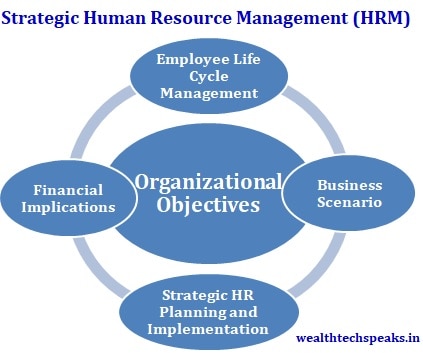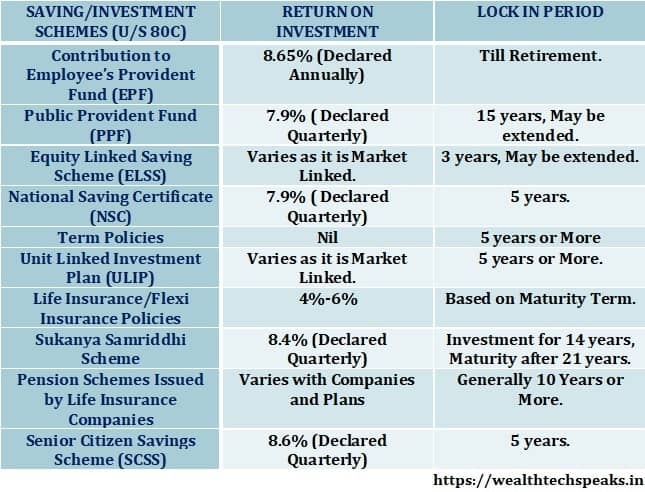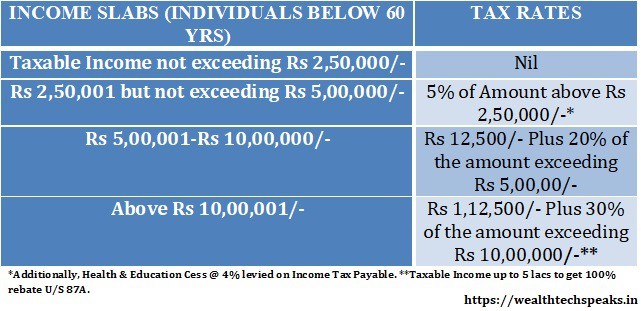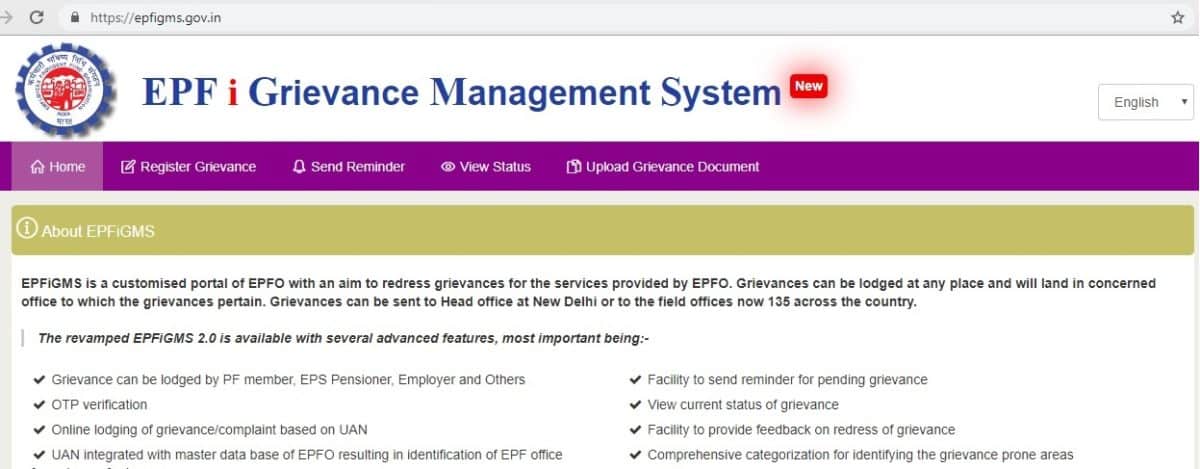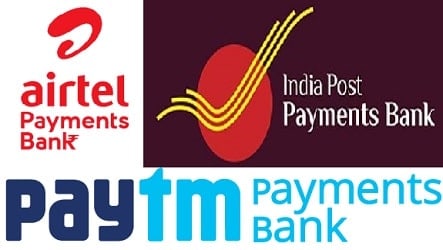
Digital Banking: Emergence Of Payment Banks
- Posted By Amritesh
- On November 21st, 2018
- Comments: 7 responses
Technology has transformed the way one banks or carries out business transactions. Fintech has played an important role in the evolution of the Financial Services industry. Digital Banking is fast becoming the preferred mode of operation among the millennial. It not only reduces cash based transaction but also leads to greater transparency and accountability, benefitting the economy as a whole. This brings us to the whole new concept of Payment Banks.
In absence of a structured banking system and non availability of easy credit, Individuals from economically weaker section of the society are often subject to exploitation. To address such malpractices, Micro-Credit Institutions came into existence which provides financial assistance to needy Individuals. Over the last couple of decades, many institutions are in operation which provides micro credit facility to the Individuals on easy terms. Introduction of payment banks is aimed at extending banking services facilities to the Individuals in far flung locations, who do have not means to access proper banking system. Along with it, the Payment Banks is also aimed at encouraging transparent Credit based transactions in the Urban and Semi-Urban space.
Telecom Companies such as Vodafone, Airtel, etc along with new age Tech Companies are in the best position to reach out to Individuals based out of remote locations in the country. The Digital Banking space is also being sought by the Digital Payment Wallets such as PayTm, Google Pay, Amazon Pay, etc.
Emergence of Payment Banks: Digital Banking
Currently, Banking sector faces stiff challenges; requiring strategic planning to cut down cost on products and services in order to remain competitive. Thus, in such a scenario opening fully functional banking services may prove unviable. However, alternative channels with extensive reach such as Telecom, Postal Department and Digital Wallets, promises to reach people more effectively at lower cost through technological advancements.
Banking Industry had a crucial role to play post economic liberalization in 1991, Reserve Bank Of India (RBI) with aid of technology bids to expand the banking services to the remotest of locations. Out of many, one of such major reform is the introduction of Payment Banks which was conceived by RBI to expand the reach of banking services. These banks may accept savings deposits up to INR 1 lakh per Individual, the limit may be raised in the future, if the RBI considers it to be necessary, based on performance. These banks cannot issue loans or credit cards. The aim of payment banks is to promote digital, paperless and cashless banking in India. Payment Banks is pretty similar to traditional banks, offer interest on deposits in savings accounts opened with these Banks, but do not accept any other form of deposits.
Currently, interest offered on such deposit is higher when compared to interest offered by conventional banks.
Payment Banks: Approval and Operations
The Payments Bank is to be registered as a public limited company under the Companies Act, 2013, and licensed under Section 22 of the Banking Regulation Act, 1949, with provisions restraining its activities to acceptance of demand deposits and provision of payments and remittance services. Payments Bank has to abide by the provisions of Reserve Bank of India Act, 1934, Foreign Exchange Management Act (FEMA), 1999, Payment and Settlement Systems Act, 2007, including directives from SEBI and instructions issued periodically by RBI & other regulators. Entities approved to operate as Payment Banks have a Capital Requirement of Rs 100 crores (INR), with promoters stake to be at least 40% for the initial 5 years. Additionally, 25% of the branches should be operating in unbanked rural areas.
The banking industry is undergoing a transformation. Initial change will be observed in terms of mode of payments, Success of e-commerce portals, travel and home delivery apps has lead to increase in e-transactions and payments through mobile wallets. Furthermore, rural banking system is also expected to experience major changes as there is an obligation on new entities to cater to the rural areas. The institutions which were given licenses by RBI and were granted license are as below:
1.) Aditya Birla Nuvo Limited
2.) Airtel M Commerce Services Limited
3.) Cholamandalam Distribution Services Limited
4.) Department of Posts
5.) Fino PayTech Limited
6.) National Securities Depository Limited
7.) Reliance Industries Limited
8.) Shri Dilip Shantilal Shanghvi
9.) Shri Vijay Shekhar Sharma
10.) Tech Mahindra Limited
11.) Vodafone m-pesa Limited
Need for Payment Banks: Reforms and Outreach
The economic transformation and aspirations of the Individuals have driven the need to plan for seamless inclusive banking. In order to expand the reach of banking services to far flung locations (remote areas), the concept of Payment Banks is introduced. On 19th Aug 2015, the RBI initially gave approval to 11 entities for payment bank out of 41 applicants, a restricted version of a full service bank which is designed to reach people outside the purview of structured banking services. These new type of banking facility was proposed in the Nachiket Mor Committee Report on ‘Comprehensive Financial Services for Small Businesses and Low Income Households’. These implementations are expected to transform the Banking Services in India.
A payments bank carries out almost all banking services apart from lending. Therefore, it will accept deposits, pay bills, accept cheques and drafts but will not lend or sell any financial product on its own. They may accept deposits of up to Rs. 1 lakh and can open and operate branches and ATM’s. They are not only expected to cater to lower income households and small businesses by offering savings account and remittance services at low transaction costs, but also to Individuals & Entities interested in digital transactions.
Need for Payment Banks erupted because India has more than 116 crores (approx) mobile subscribers which covers majority of the total population. Thereby, allowing opportunity for the existence of Digital Banking System in the Indian Economy.
Government has tried its level best to encourage the banking system with initiatives such as Jan Dhan Yojana which has resulted in almost 4/5th of the adult population opening a bank account. Figures also suggest that almost 36% of the population are using their account for digital transactions.
Majority of the people without a Bank account live in the rural area and belong to lower income group. So from financial inclusion point of view, this model Prepaid Payment Instruments (PPI) seems to be sound concept.
New Player and Future of Payments Bank
Jio Payments Bank has recently started its pilot operations. Reliance Industries owns 70 per cent stake while State Bank of India (SBI) holds the balance 30 per cent in this entity. The interest rate it will offer on deposits has not been announced yet. It remains to be seen if Jio’s entry into the payment banks space will have the same kind of transformative impact that it had on the telecom sector. On 3rd April, 2018, Reliance Jio Payments Bank became the 6th Payment Bank to commence operation in India. Full commercial operation is expected to begin soon.
India Post Payments Bank (IPPB) is Government owned payments bank, operating under Department of Posts, Ministry of Communication. The pilot project was started in Raipur and Ranchi on 30th January, 2017. The first phase of the nationwide service was inaugurated on 1st September, 2018. The objective is to utilize the 155,015 post offices and approximately 300,000 individuals to expand banking services to the remotest of location within the country. IPPB has also been allowed to link Savings Account of the Account holders with the Payments Bank account.
Currently, following Payments Banks are in operation (alphabetical order):
1.) Aditya Birla Payments Bank
2.) Airtel Payments Bank
3.) India Post Payments Bank
4.) Fino Payments Bank
5.) Jio Payments Bank
6.) PayTm Payments Bank
Concept of Payment Banking has received boost from the Government as it enables the basic banking services to reach the even the remotest of areas within the country. It enables Government to connect and provide financial aids to the under privileged. It will also encourage the low income individuals to inculcate the savings habit which could well be one of the biggest positives of emergence of Payment Banks. Payments Bank is also expected to bring transparency in business transactions and help in generating revenues in form of taxes, need for development work. However, Payment Banks is still evolving, some more time would be required to assess the impact of these banks.
This article is for informational purpose only. Readers are advised to research further to have more clarity on the topic. References: World Wide journal, RBI Portal, Economic Times, Wikipedia, Links provided in the article.

